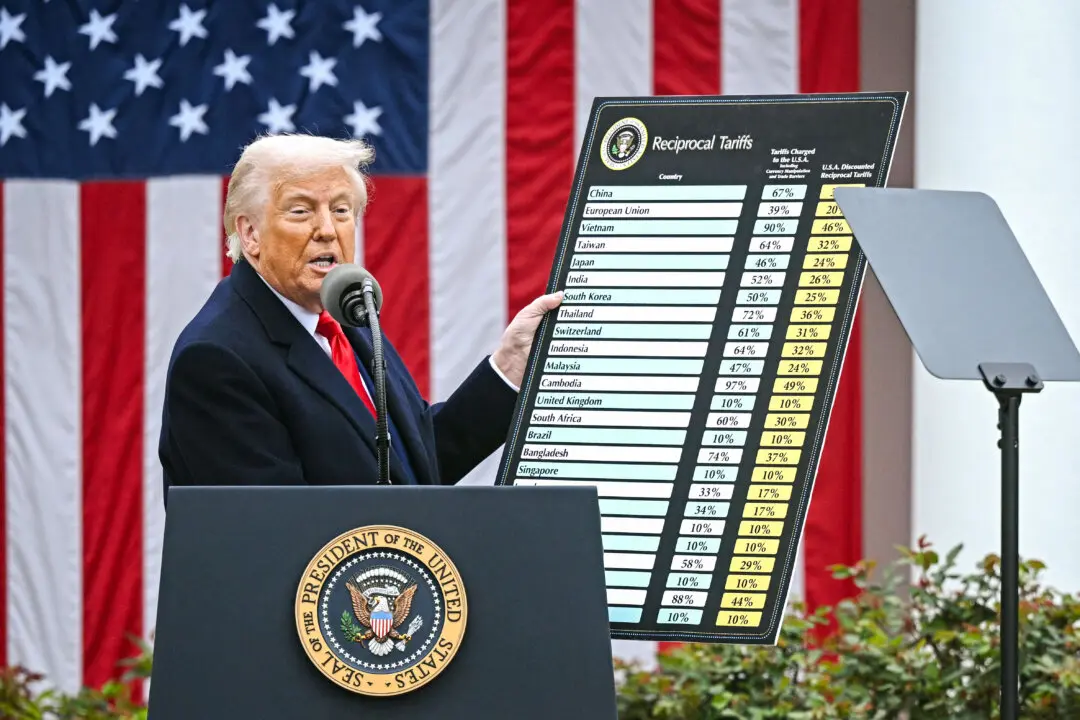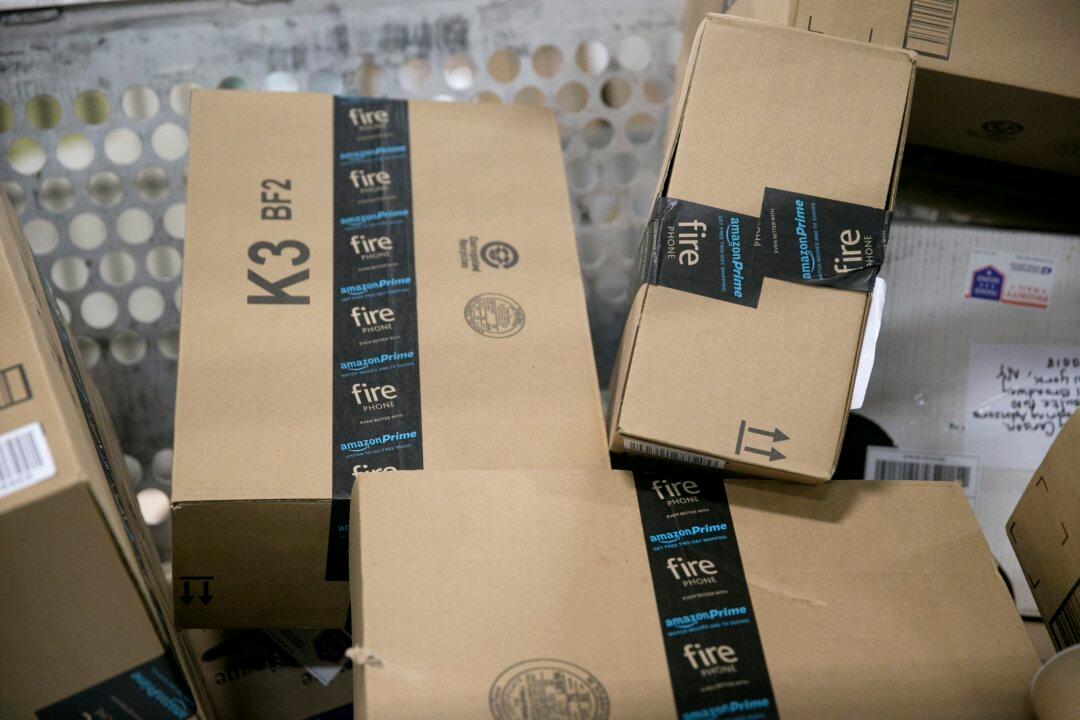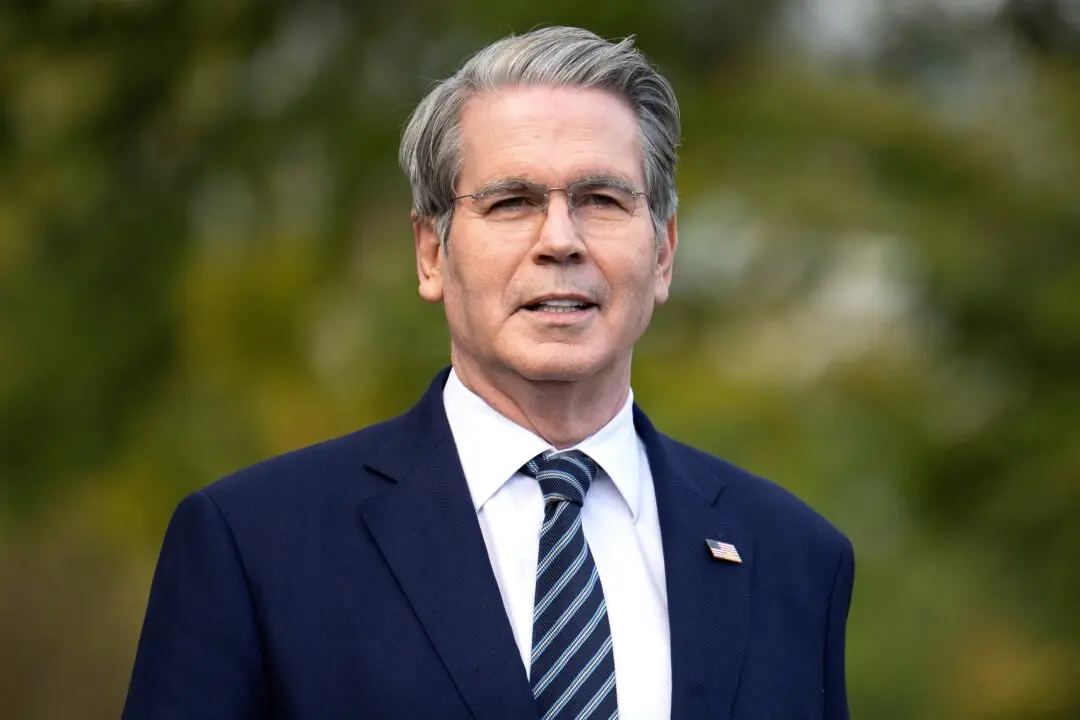The U.S. Centers for Disease Control and Prevention (CDC) on Tuesday responded to questions regarding a rash of mysterious pneumonia cases that emerged recently in China, which sparked statements from the World Health Organization and a top U.S. official.
Last week, an alert was sent out via the ProMed global outbreak surveillance system regarding the respiratory illnesses in China, which appear to mainly impact children. The alerts sparked concerns that a new, novel respiratory infection might be spreading in the country, drawing comparisons to the initial spread of COVID-19 near Wuhan.





